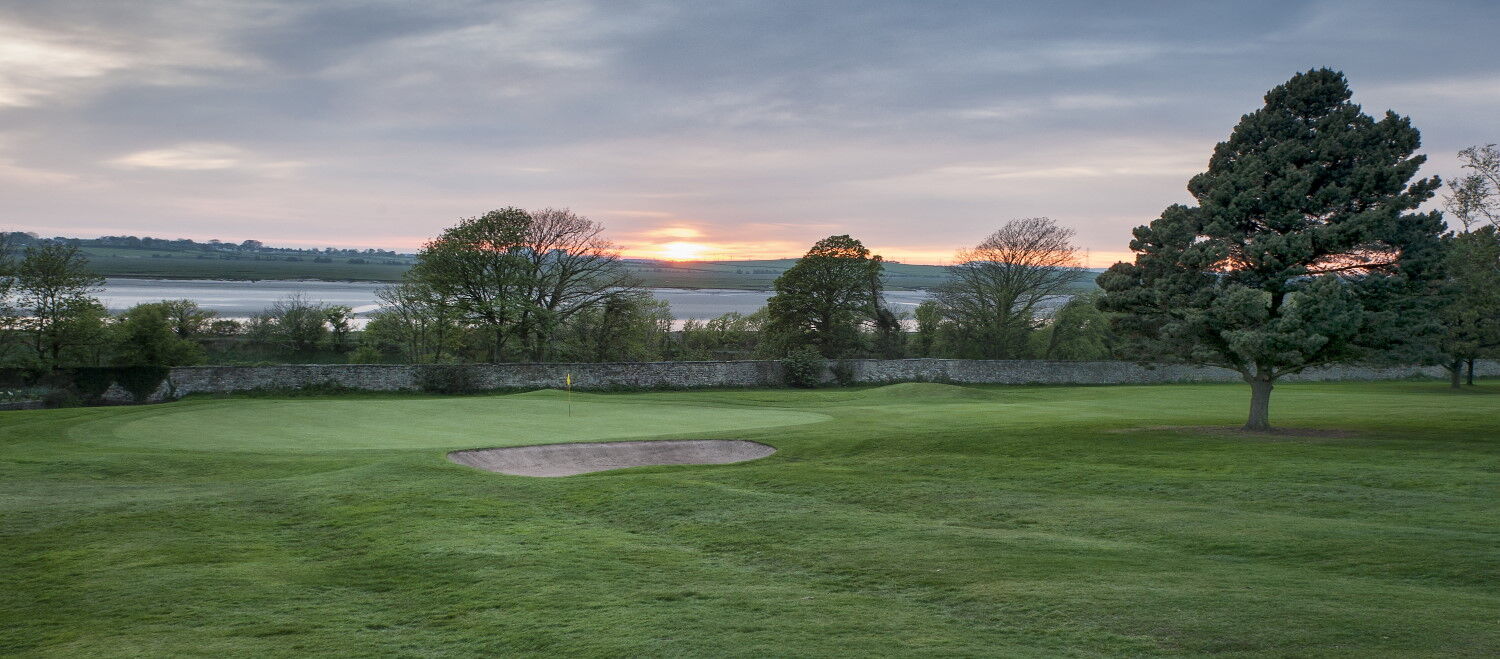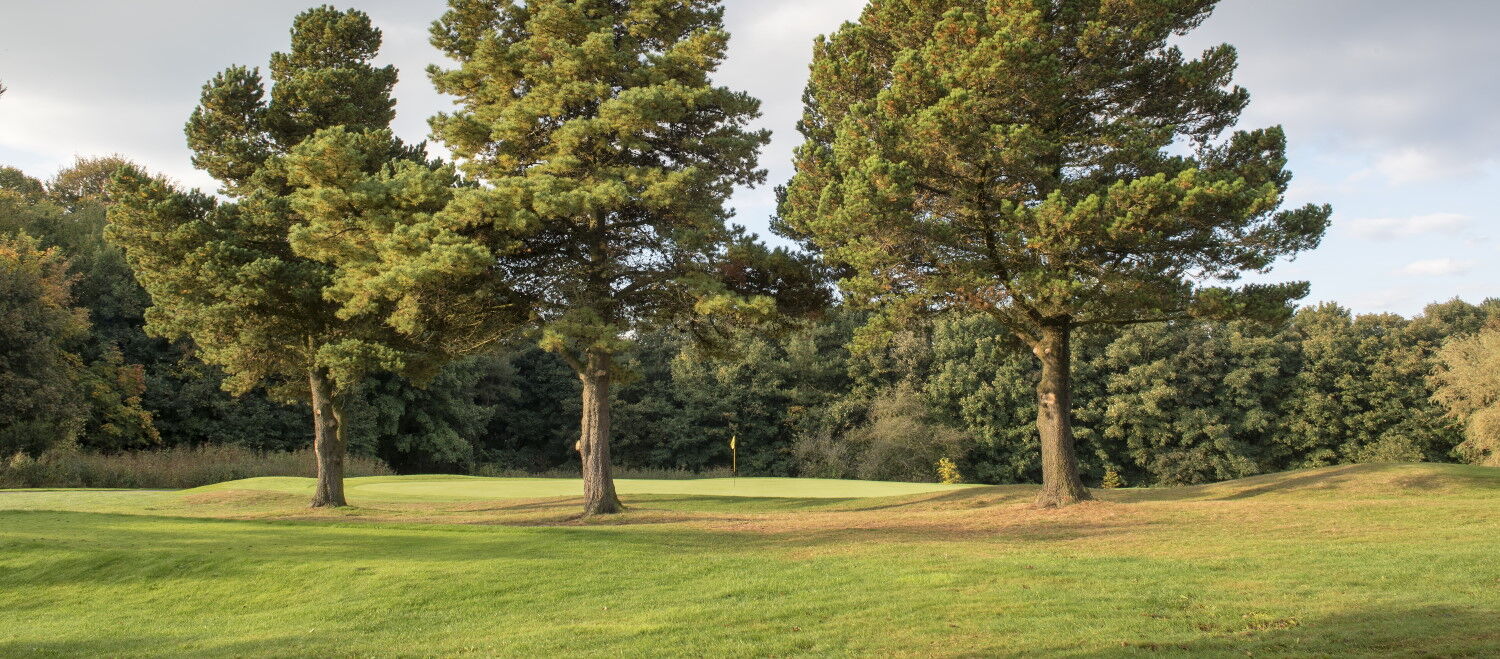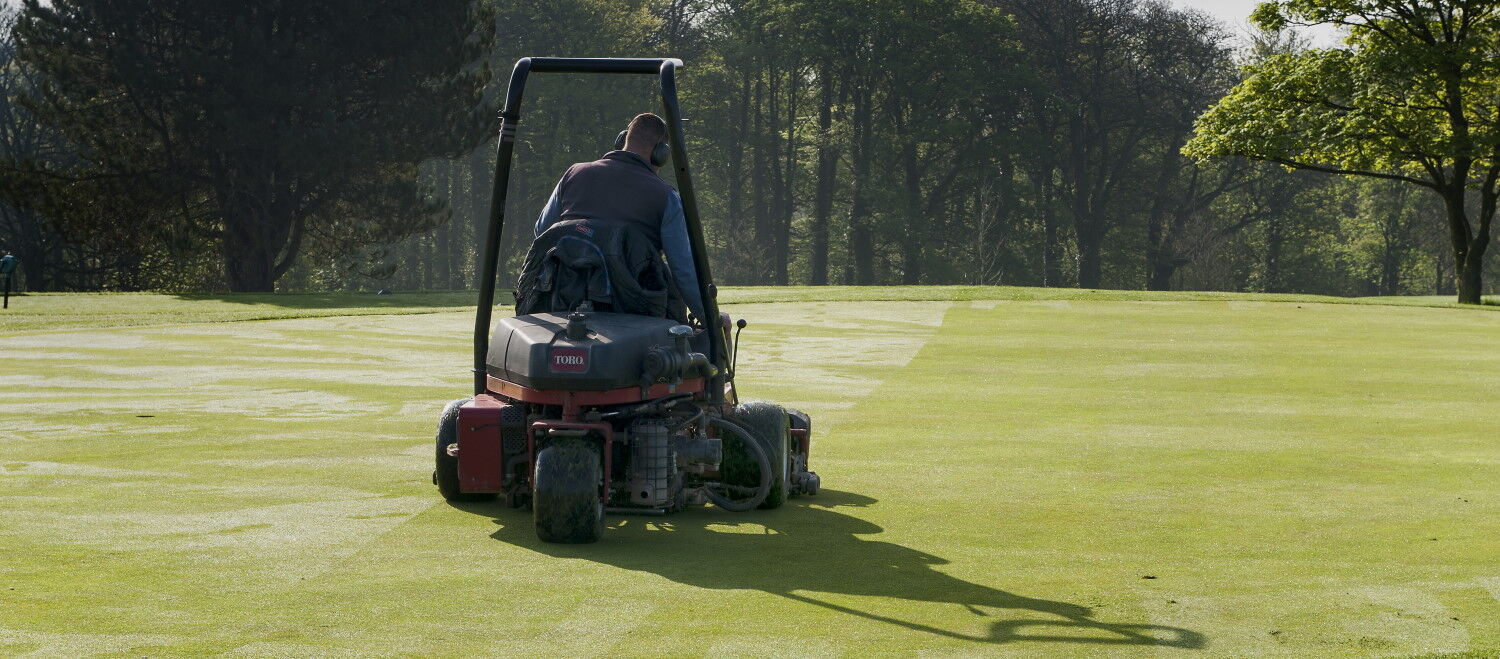History
Ashton Hall is the Club House of the Lancaster Golf club and has had more than its fair share of interest and excitement in the romance and pageantry of history.
Roman Remain:
From the very earliest historical times and long before any part of the Hall was built the locality seems to have been the focus of interest. The main road which the Romans followed lay far away to the East where the higher ground gave better foothold for their heavily armed soldiers and their clumsy baggage wagons but a spur to the coast must have passed through the Park, for a quantity of remains have been found including an altar with an inscription to the Goddess of Plenty.
Manor of Wyresdale:
For the next few hundred years history is silent but after the coming of the Norman invaders, William the Conqueror gave to Roger of Poitou the Barony of Lancaster and from this was carved the Manor of Wyresdale. In all it comprised more than 11,000 acres from the foothills of the Pennines to the sea. There were thick forests and, nearer to the sea, were fertile valleys and broad pastures. It was at Ashton Hall that the Lord of the Manor established his seat. Little of the ancient Hall remains except the Tower at the south wing.
Capture of the Scots King:
In the 13th century the lordship of the Manor was held by the De Coucy family and from them the estate passed in the female line to John de Coupland who in 1436, at the Battle of Nevill’s Cross, captured David, King of Scots.
Female Descent:
It is a peculiarity of the estate that it has passed over and over again in the female line and tradition ascribed this to an ironic revenge on the part of fate for the treatment meted out by one Lord to his wife. The story runs that the unfortunate Lady was imprisoned in a small chamber at the top of the Tower while her husband departed on some expedition and that, on his return she was found starved to death. Her ghost is reputed to haunt the spot.
Royal Visitors:
Before this time, Royal Visitors had stayed at Ashton Hall on two occasions. On 11th August 1617, King James I arrived here on a progress through the country. He slept at Ashton Hall that night and held a Court there, creating two Knights. He left the next day.
In 12th August 1651, exactly 34 years later, his grandson, Charles II, spent the night there but this second visit was very different to the first. There was no pomp or splendour and poor Charles, who was at that time King in name only, paid but a very hurried visit as he passed on southwards to the fateful field at Worcester.
The Dukes of Hamilton:
The 4th Duke of Hamilton and 1st Duke of Brandon, who acquired the estate in 1698 on his marriage to the Gerard heiress, fought a celebrated duel in 1712 with Lord Mohun. He was fatally stabbed at his moment of victory by General Macartney, his adversary’s Second. The general fled the country but surrendered four years later and went on trial for murder. He was acquitted and found guilty of manslaughter only. The duel is described in Thackeray’s “Esmond”. The widowed Duchess survived her husband for 32 years, spending most of her time at Ashton Hall. The bedroom which she occupied on the first floor of the south wing is still known as “The Duchess’s Bedroom”. It is interesting to note that this lady was a friend and correspondent of Dr Jonathan Swift, the author of Gulliver’s Travels.
From the de Coupland family the estate passed in the female line into the Lawrence family but a Lawrence killed a favourite of Henry VII in a duel and was forced to flee. The male line failed again and the Butlers of Radcliffe became the Lords of the Manor. An heiress of the Butler line took the estate to the Radcliffes of Winmarleigh, a Radcliffe heiress to the Gerards of Bromley and a Gerard heiress, daughter of Digby Lord Gerard, to the 4th Duke of Hamilton in 1698. The curse on the estate seems to have lifted to some extent when it passed into the Ducal House for the male line no longer failed and, for seven generations, Ashton Hall belonged to the Dukes of Hamilton until it passed out of their possession by sale in 1853.
The First St. Leger:
The 8th Duke erected a large range of racing stables for his famous stud and he walled in a number of small paddocks as protection for his valuable brood mares. A race course was constructed round the Park, traces of which are visible at the 9th tee and in front of the 18th tee. It is suggested by some that this was the race which was later to become the St Leger, as a result of a wager between the Duke and Colonel St Leger.
In 1788, the wife of the 9th Duke died at the Hall and the grief of her husband was so great that he would not allow the main gates to be opened until he himself passed through them in 1819 to his last resting place beneath the aisle of the ancient Parish and Priory Church of Lancaster at the side of his beloved Duchess.
Sale of the Estate:
Heavy gambling losses forced the 19th Duke to try to sell the estate but it was not until 1853 that it was successfully disposed of. Some idea of the vast extent of the property can be seen from the details of the sale. The Lordship of Wyresdale with the Parish of Nether Wyresdale and some 4,000 acres was purchased by Peter Ormrod of Bolton for £110,500. The Parish of Cleveley made over £35,000, Cabus over £50,000. Parts of Scotforth and Winmarleigh were also included in the sale and Ashton Hall itself and 1,700 acres became the property of Nicholas le Gendre Starkie, the whole sale realising a sum approaching half a million pounds.
The old mansion, with the exception of the south wing, had fallen into ruin and Mr Starkie completely rebuilt the Hall in the Gothic style, joining his new building to the ancient Tower.
In 1884 Ashton Hall was purchased by James Williamson MP who, on his elevation to the peerage some ten years later, took his title from it and became Lord Ashton. After his death in 1931 Ashton Hall again came onto the market and the major portion of the estate was purchased by Mr WM Pye and his sons.











